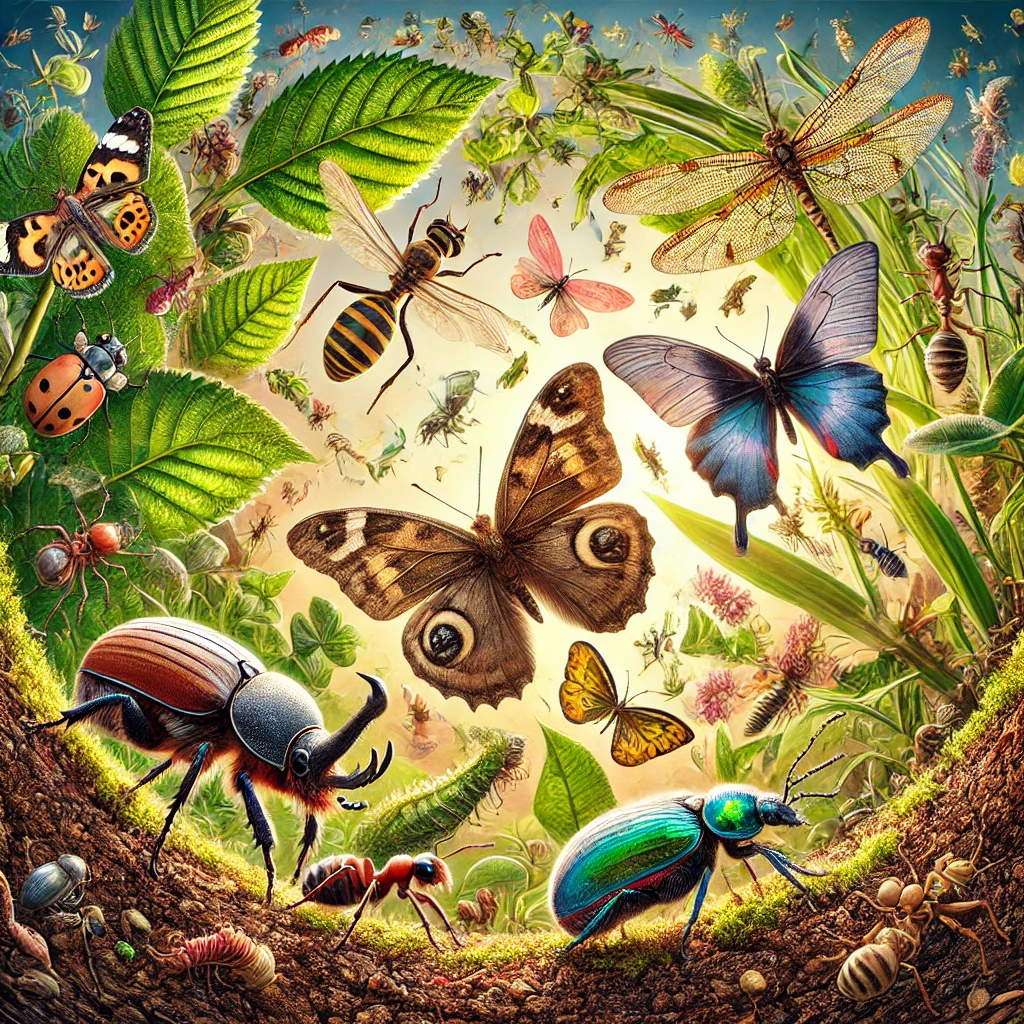Pollinators play a crucial role in the ecosystem, facilitating the reproduction of flowering plants by transferring pollen from male to female plant parts. Among these vital creatures, bees and butterflies stand out as primary contributors to this process, although numerous other species also play significant roles. Understanding their importance goes beyond mere ecological curiosity; it underscores the interconnectedness of nature and highlights the profound impact their decline could have on global biodiversity, agriculture, and food security.
Importance of Pollination
Pollination is a fundamental ecological process wherein pollen is transferred from the anthers (male parts) to the stigma (female parts) of flowers, enabling fertilization and subsequent seed and fruit production. This process is essential for the reproduction of over 75% of flowering plants and about 35% of global food crops. Without pollinators, many plants would be unable to reproduce, leading to declines in plant populations and potentially cascading effects throughout entire ecosystems.
Bees: Nature’s Most Efficient Pollinators
Bees are perhaps the most well-known and efficient pollinators. There are over 20,000 species of bees worldwide, ranging from tiny stingless bees to the familiar honeybee and solitary bees like mason bees and bumblebees. Their hairy bodies and specialized structures such as pollen baskets make them adept at collecting and transferring pollen between flowers as they forage for nectar and pollen to feed themselves and their colonies. Honeybees, managed by beekeepers, are crucial for commercial crop pollination, contributing billions of dollars annually to global agriculture.
Butterflies: Pollinators of Beauty
While not as efficient as bees in pollination due to their feeding habits, butterflies play a significant role in pollinating certain plants. With their long proboscis adapted for sipping nectar from flowers, butterflies inadvertently transfer pollen from flower to flower as they feed. Species like monarch butterflies are famous for their long-distance migrations, which also contribute to genetic diversity and pollination across vast regions. Their presence adds aesthetic value to ecosystems, making them popular subjects in ecological conservation efforts.
Beyond Bees and Butterflies: Lesser-Known Pollinators
Beyond bees and butterflies, a diverse array of animals contributes to pollination. Beetles, for instance, are ancient pollinators, particularly prevalent in primitive plant species like magnolias and water lilies. Hoverflies and moths also play crucial roles in pollinating various flowers, especially during dusk and nighttime when other pollinators are less active. Even vertebrates such as birds and bats are important pollinators for certain plants, particularly in tropical regions where they have co-evolved with flowering plants over millions of years.
Threats to Pollinators
Despite their importance, pollinators face numerous threats that endanger their populations worldwide. Habitat loss due to urbanization, agricultural intensification, and deforestation reduces the availability of flowering plants essential for their survival. Pesticide use, particularly neonicotinoids, poses a significant risk by affecting pollinator behavior, reproduction, and overall health. Climate change alters the timing of flowering and pollinator emergence, disrupting the delicate synchronization between plants and their pollinators.
Conservation Efforts and Future Perspectives
Conservation efforts are critical to safeguarding pollinator populations and the invaluable ecosystem services they provide. Initiatives include preserving and restoring pollinator habitats, reducing pesticide use through integrated pest management practices, promoting biodiversity-friendly farming techniques, and raising awareness among the public about the importance of pollinators. Research into pollinator ecology, behavior, and genetics also informs conservation strategies aimed at mitigating the impacts of global change on these vital species.
The Economic and Ecological Impact
The economic value of pollinators is staggering, with pollination services contributing billions of dollars annually to global agricultural productivity. Beyond agriculture, pollinators support diverse ecosystems by maintaining plant biodiversity and providing food and habitat for other wildlife. Their decline could have far-reaching consequences for human well-being, including reduced crop yields, increased food prices, and compromised ecosystem resilience to environmental stressors.
Conclusion
In conclusion, bees, butterflies, and other pollinators are essential components of healthy ecosystems and global food security. Their intricate relationships with flowering plants underscore the fragility and interconnectedness of nature. Protecting pollinators requires concerted efforts at local, national, and international levels to mitigate threats and conserve habitats. By valuing and safeguarding these tiny yet mighty creatures, we not only ensure our own sustenance but also preserve the beauty and diversity of the natural world for generations to come.
3.5
